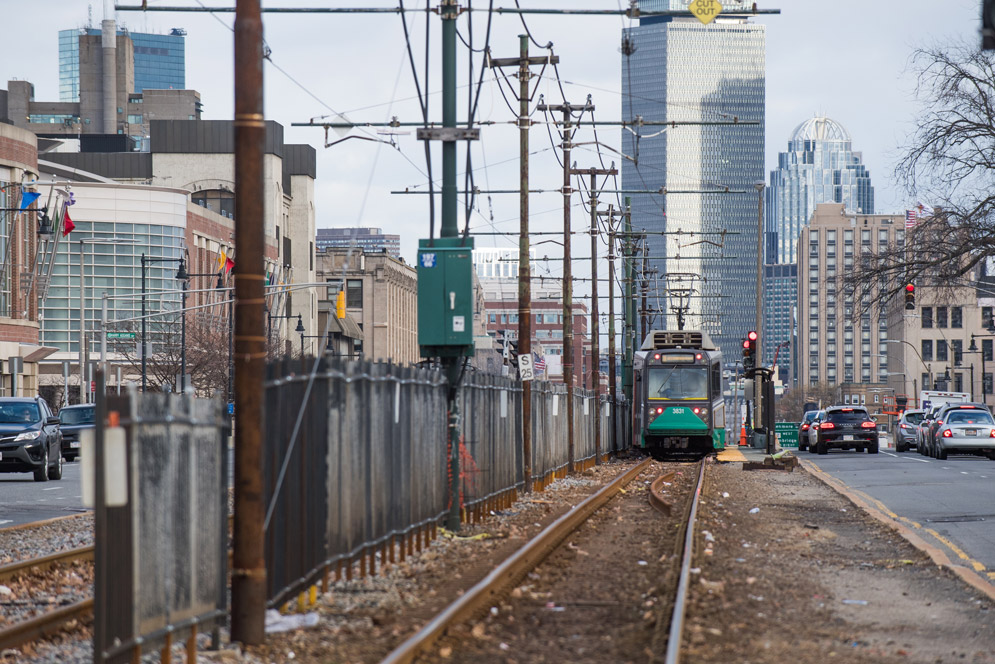
We’ve been doing this thing for a month.
That fact struck me today when I was sitting in a park in Brookline, reading a depressing story in last week’s New Yorker, watching a group of dog owners do their best to stay 6 feet apart from one another, thinking about how nice it was just to sit in the sun because I know it’s going to get too cold to do that in just a few week’s time.
We’ve been doing this face covering, nose swabbing, class streaming, mobile ordering, symptom surveying thing for longer than a lot people thought we could — longer, certainly, than a lot of people thought we should. And it’s going OK. Less than one-tenth of 1 percent of students and employees on campus have tested positive for the virus, the data shows, and lab results are now consistently coming back in less than a day.
So many parts of campus life that felt normal earlier this year — packing so tightly into the BU Shuttle you could barely breathe, waiting in a half-hour line for a bagel at Einstein’s, screaming the words to “Mr. Brightside” in a basement you barely remember — are uncomfortable and distressing to think about now. This pandemic, more than probably anything else in our 18 to 22-year lifetimes so far, has fundamentally changed the way we interact with the world.
Will life at BU ever go back to the way it was? For me, as a senior, it almost certainly will not. The university has already delayed the start of classes next semester and canceled spring break. When I have my graduation ceremony (if I may be so bold as to assume I will graduate) it will be together with the Class of 2020, who got perhaps the worst end of a very ugly stick.
And it would be naive, I think, to assume any aspect of the world around us will ever return to the way it was pre-pandemic. History has never taken place in a vacuum, and our country’s gross inequities around access to healthcare and financial security — which are splintered along racial and socioeconomic lines — will undoubtedly impact future policymaking for years to come.
Even at BU, in our huge but tiny bubble, I’m sure all the infrastructure that was put in place for remote learning and student health services will continue to be used. There’s just no way the university would have taken on the gargantuan cost of bringing back thousands of students, from all over the world, without considering how it can benefit them in the long-run.
But when we look back at this time five, 10, 15 years from now (even at the daily reminders to fill out a survey we’ve already completed), I’m confident we’ll be happy we took the safety measures we did. Following the rules was, we will realize, 100 percent worth it.
Because I’ll say it again: things are going OK right now. And they can continue going OK, too. Whether or not they go OK is up to us. But we’ve been doing it all for a month, which is long enough that to abandon it now would be nothing short of a waste.
